Section 3.05 Street Design
A. Cul-de-Sacs: The design of streets shall conform to standards established by this Ordinance.
1. Hillside-local cul-de-sac streets shall terminate in a circular right-of-way, 40 feet in radius, with an improved traffic turning circle 35 feet in radius (See Exhibit 1).
2. Local cul-de-sac streets shall terminate in a circular right-of-way, 45 feet in radius, with an improved traffic turning circle 40 feet in radius (See Exhibit 2).
3. Maximum length of cul-de-sac streets.
a. The following types of roads are not cul-de-sacs, nor shall they be included in the ultimate length of a cul-de-sac:
1. A "through street" as defined in Article I that is built to Town hillside local, local or minor collector roadway standards, or;
2. A limited collector road built to Town limited collector road standards, or;
3. A major collector road built to Town major collector road standards, or;
4. An arterial road built to Town arterial road standards.
b. Cul-de-sac streets built to hillside-local road standards shall not exceed 1,500 feet in length, nor shall the cul-de-sac serve more than 15 lots or units (See Exhibit 1).
c. Cul-de-sac streets built to local and minor collector road standards shall not exceed 1,500 feet in length, nor shall the cul-de-sac serve more than 25 lots or units (See Exhibit 2).
d. The ultimate, cumulative length of a cul-de-sac street or streets shall be measured from the intersection of right-of-way lines of the cul-de-sac street and that of a "through street", limited collector, major collector or arterial roadway to the end(s) of the turning circle(s) of the cul-de-sac bulb(s) along the street centerline. (See Exhibits 1, 2 and 3).
Exhibit 1. Hillside Local Road Cul-de-Sac Design Requirements
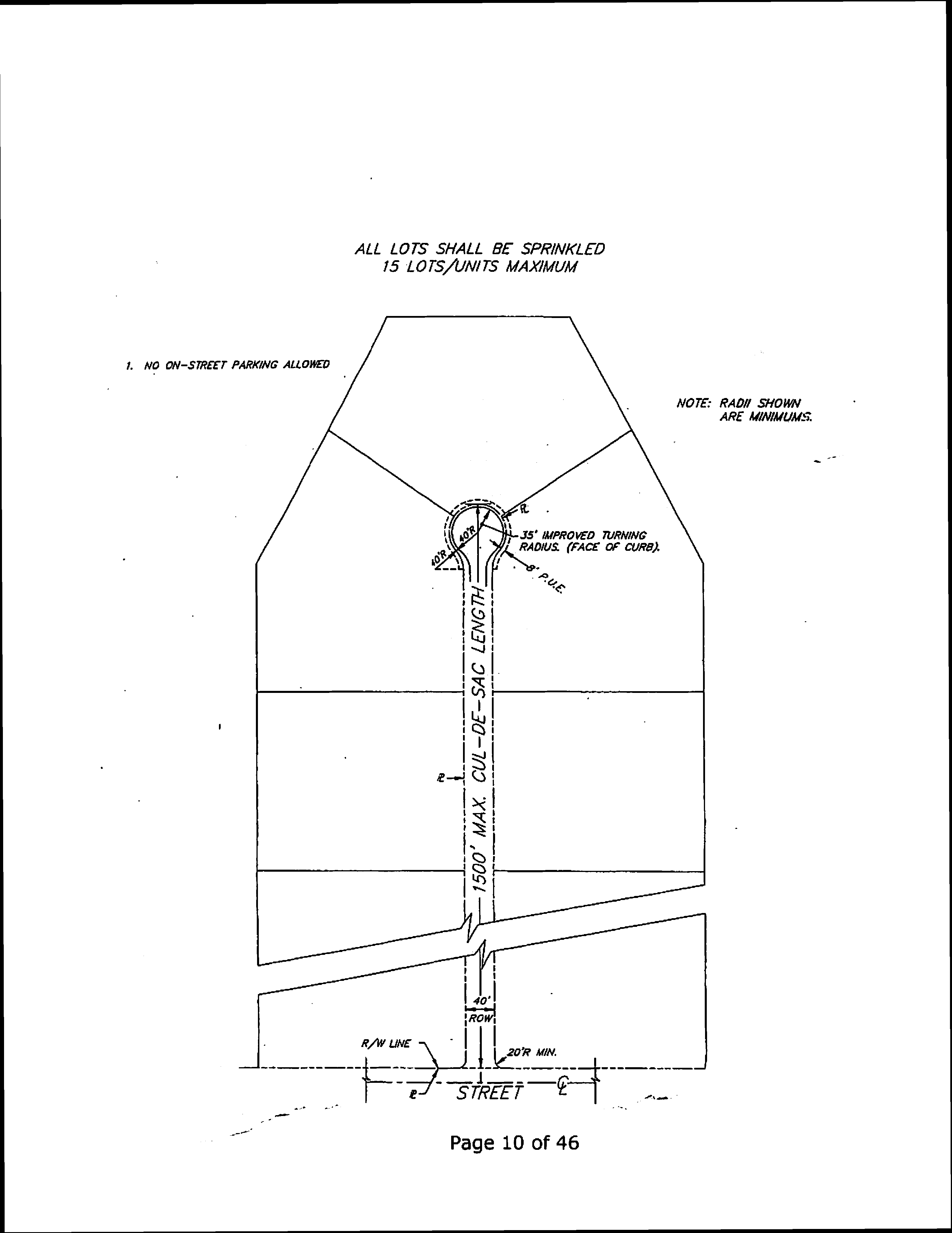
Exhibit 2. Local and Minor Collector Road Cul-de-Sac Design Requirements
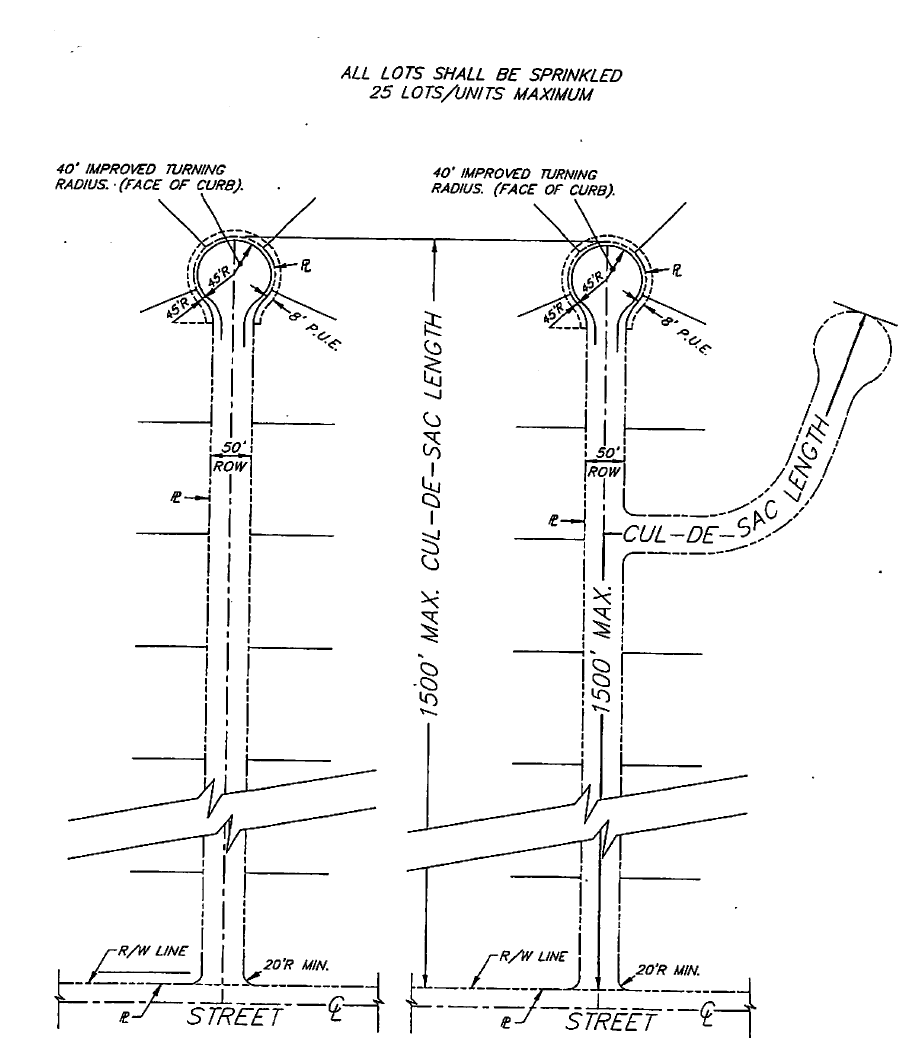
Exhibit 3. Limited Collector Design Requirements
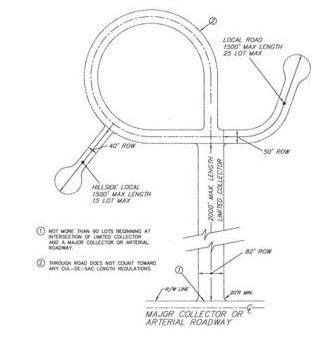
e. Limited collector roadways shall not be longer than 2,000 linear feet as measured from the intersection of the roadway from a major collector or arterial roadway. Limited collector roadways are not included in cul-de-sac length, but not more than 90 lots shall utilize this roadway for vehicular access beginning at the point at which the limited collector intersects with a major collector or arterial roadway. The development of and precise alignment of limited collector roadways can only be approved at the discretion of the Town Council. Limited collector roadways shall only be used to provide access to a cul-de-sac subdivision located within a single-family zoning district. Separate Town Council approval of the use and exact alignment of limited collector roadways must be gained prior to preliminary plat approval of the subdivision within which the limited collector is proposed. (See Exhibit 3)
4. Sharp changes in alignment shall be avoided, but where necessary, corners shall be cut off 25 feet on each side to permit safe vehicular movement, except a greater distance shall be provided where specified by the Town Engineer.
B. Grades:
1. The maximum grade of a street is as follows:
a. Arterial Streets: As determined by the Town Engineer.
b. Major Collector Streets: Ten percent
c. Minor Collector Streets: 12 percent
d. Local Streets: 12 percent
e. Hillside-local Streets: In subdivisions where the natural slope of at least 75 percent of the gross subdivision size is 10 percent or greater, and with the Town Engineer's approval, hillside local streets may be utilized. The maximum street grade shall not exceed 12 percent. Short road sections that are less than 400 feet long may have a continuous grade of between 12 and 15 percent. Those street grades and road sections between sections of streets exceeding 12 percent, regardless of their length, shall not exceed 12 percent nor shall they be less than 400 feet in length.
2. Minimum grade for all streets shall be one percent.
3. Exceptions: Where rigid adherence to these standards causes unreasonable or unwarranted hardship in design or cost without commensurate public benefit, exceptions, with a recommendation by the Town Engineer, may be made by the Town Council.
C. Vertical Curves:
1. Arterial streets: As determined by Town Engineer.
2. Collector and local streets: Minimum length 100 feet except in cases approved by Town Engineer.
3. Hillside-local streets: As approved by the Town Engineer.
D. Horizontal Alignment:
1. When tangent centerlines deflect from each other more than one degree and less than 90 degrees, they shall be connected by a curve with a minimum centerline radius of 300 feet and a minimum centerline length of curve of 100 feet for local streets (See Exhibit 11). When tangent centerlines on arterial and collector streets deflect from each other more than ten degrees and less than ninety degrees, they shall be connected by a curve with a minimum centerline length of curve based on the data in the Curve Table (See Table 1 and Exhibit 11).
2. A tangent is not required between reverse curves on a local street. Between reverse curves on collector and arterial streets refer to the Curve Table (See Table 1 and Exhibit 11).
3. Streets intersecting an arterial street shall do so at an angle of ninety degrees. Intersections of other streets shall not vary from ninety degrees unless otherwise approved by the Town Engineer (See Exhibit 11).
4. Street jogs with centerline offsets shall be not less than 125 feet between local streets and between collector streets having a 40-foot pavement width. On all other collector streets, offsets shall be not less than 250 feet. On arterial streets, offsets shall be not less than 325 feet, unless otherwise approved by the Town Engineer (See Exhibit 12).
5. Local street intersections with four legs and all collector and arterial street intersections shall be designed to comply with the curve and tangent section requirements give in the Curve Table of this Section, unless otherwise approved by the Town Engineer (See Exhibit 11).
Street Type (Pavement width) | Right-of-Way2 | Maximum 2-Way ADT | Minimum Design Speed | Maximum Roadway Length | Minimum Radius | Minimum Horizontal Curve | Reverse Curve Tangent1 |
|---|---|---|---|---|---|---|---|
Hillside - Local (26') | 40' | 300' | 20 MPH | 1,500' | 100' | 100' | 0' |
Local (32') | 50' | 700 | 25 MPH | 1,500' | 200' | 100' | 0' |
Limited Collector (40') | 82' | 900' | 25 MPH | 2,000' | 200' | 100' | 0' |
Minor Collector (40') | 60' | 5,000' | 30 MPH | 1 Mile | 300' | 150' | |
Major Collector (56') | 100' | 7,000' | 35 MPH | 2 Miles | 500' | 150' | |
Minor Arterial (80') | 130' | 22,000' | 45 MPH | -- | |||
Principal Arterial (108') | 160' | 45,000' | 50 MPH | -- |
Notes:
1Minimum length of tangent between curves in opposite directions (reverse cures). Reverse curves without tangent section between the curves are not permitted, except on local streets.
2Fourteen foot wide landscaped medians are required on limited collector roadways. 16 foot wide landscaped medians are required on major collector and minor arterial roadways. 20 foot wide landscaped medians are required on principal arterial roadways. All median widths are included in the pavement width as shown on the typical sections.
*Per the Town Engineer.
Exhibit 4. Hillside-Local Road Typical Section
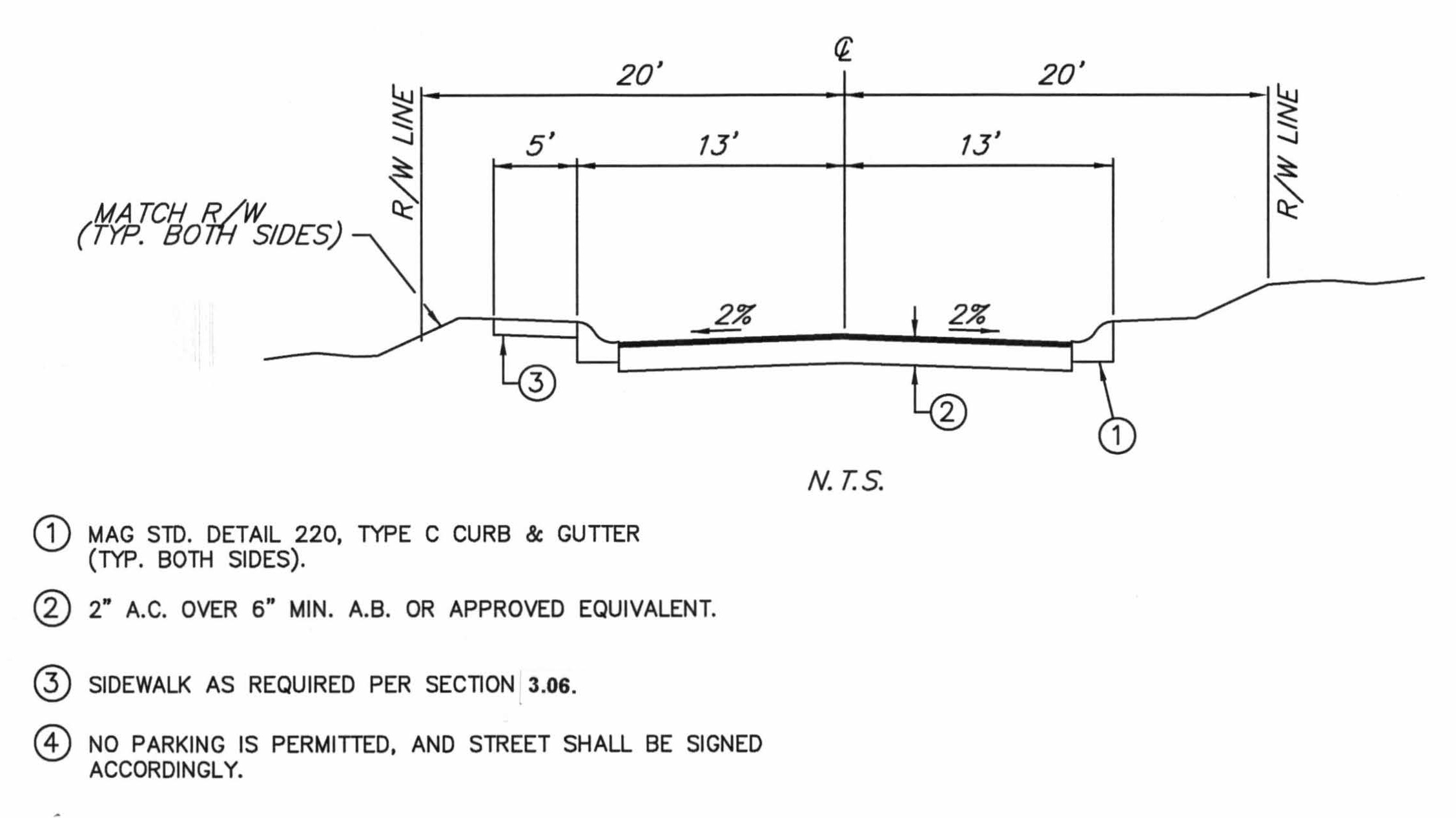
Exhibit 5. Local Road Typical Section
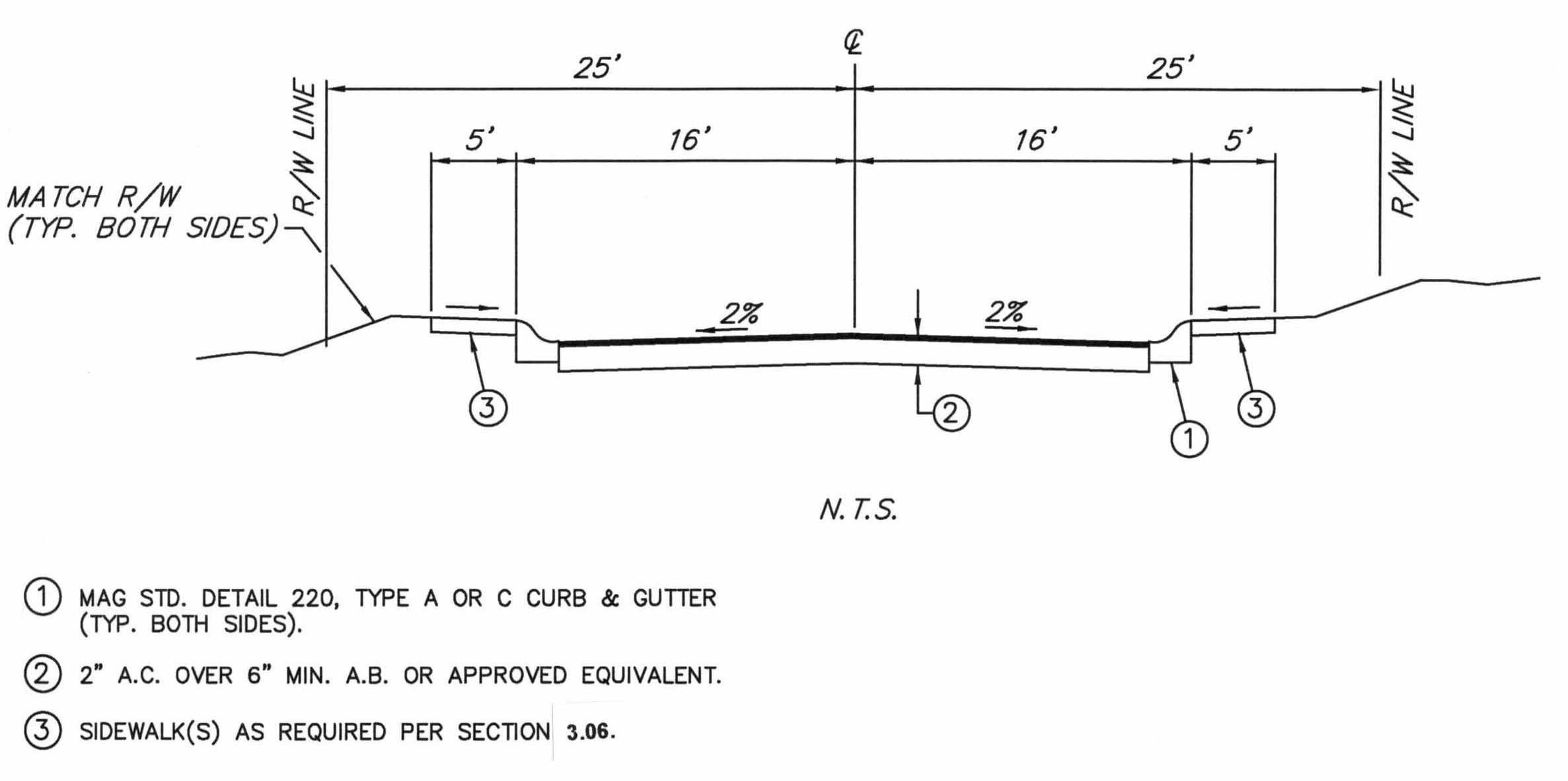
Exhibit 6. Limited Collector Road Typical Section
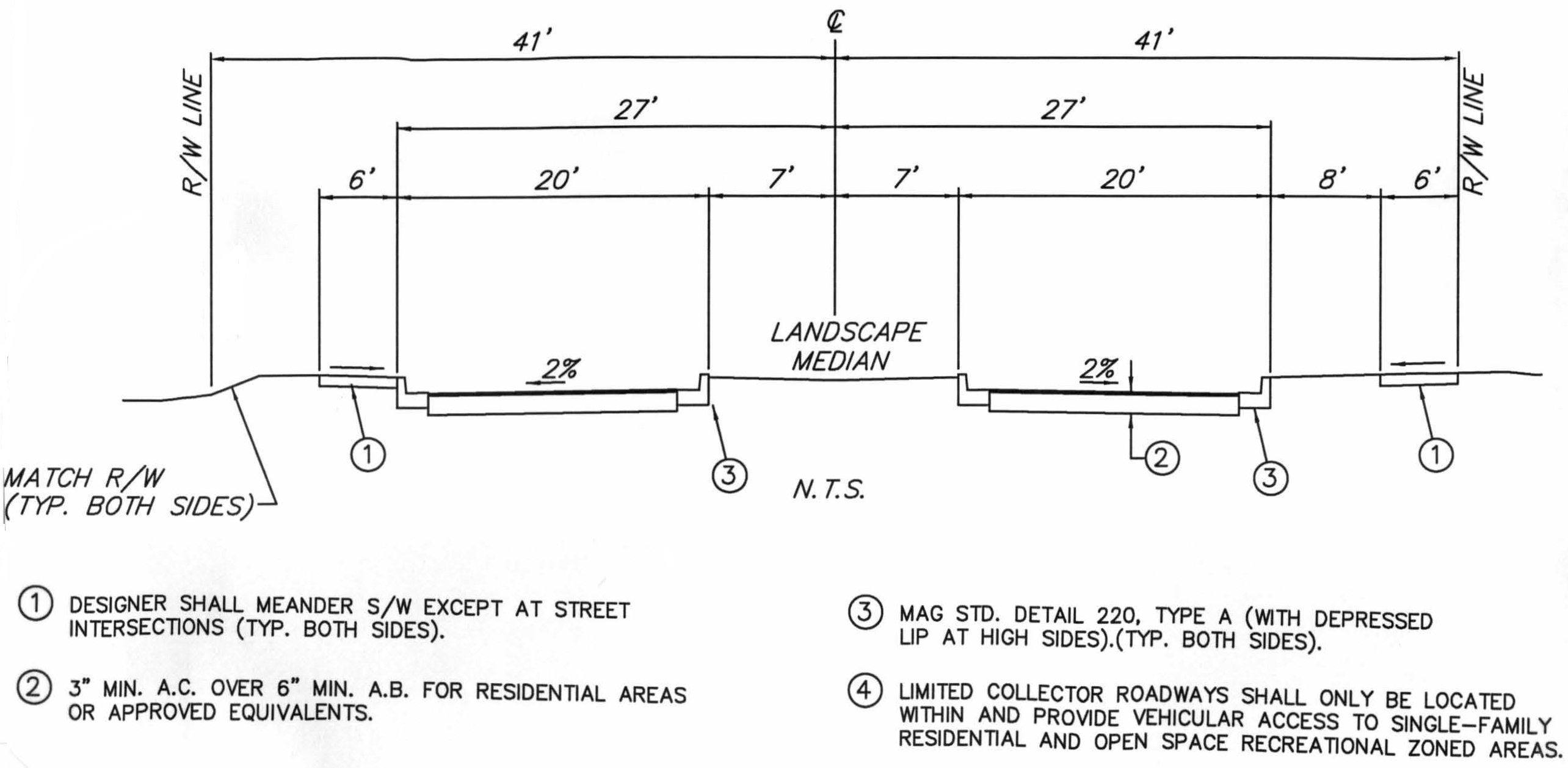
Exhibit 7. Minor Collector Road Typical Section
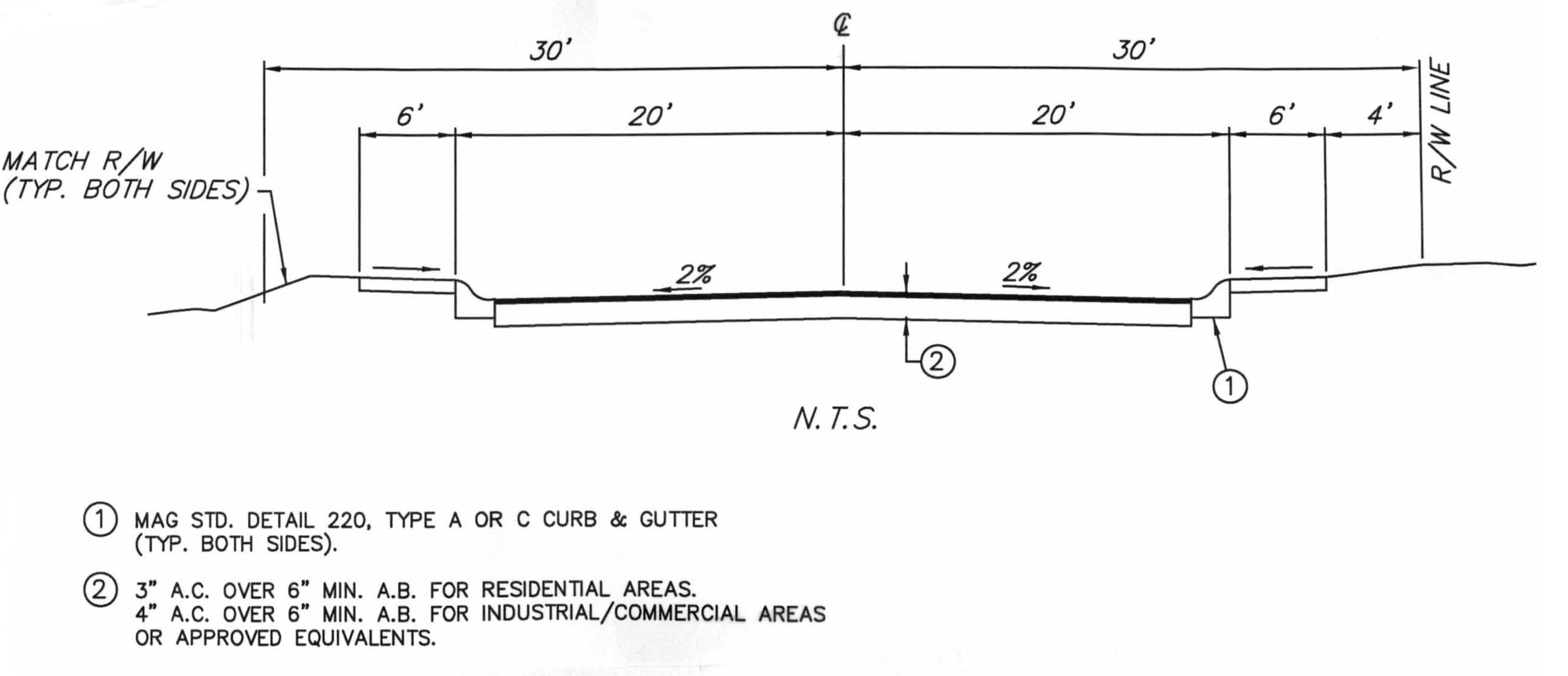
Exhibit 8. Major Collector Road with Bicycle Lanes Typical Section
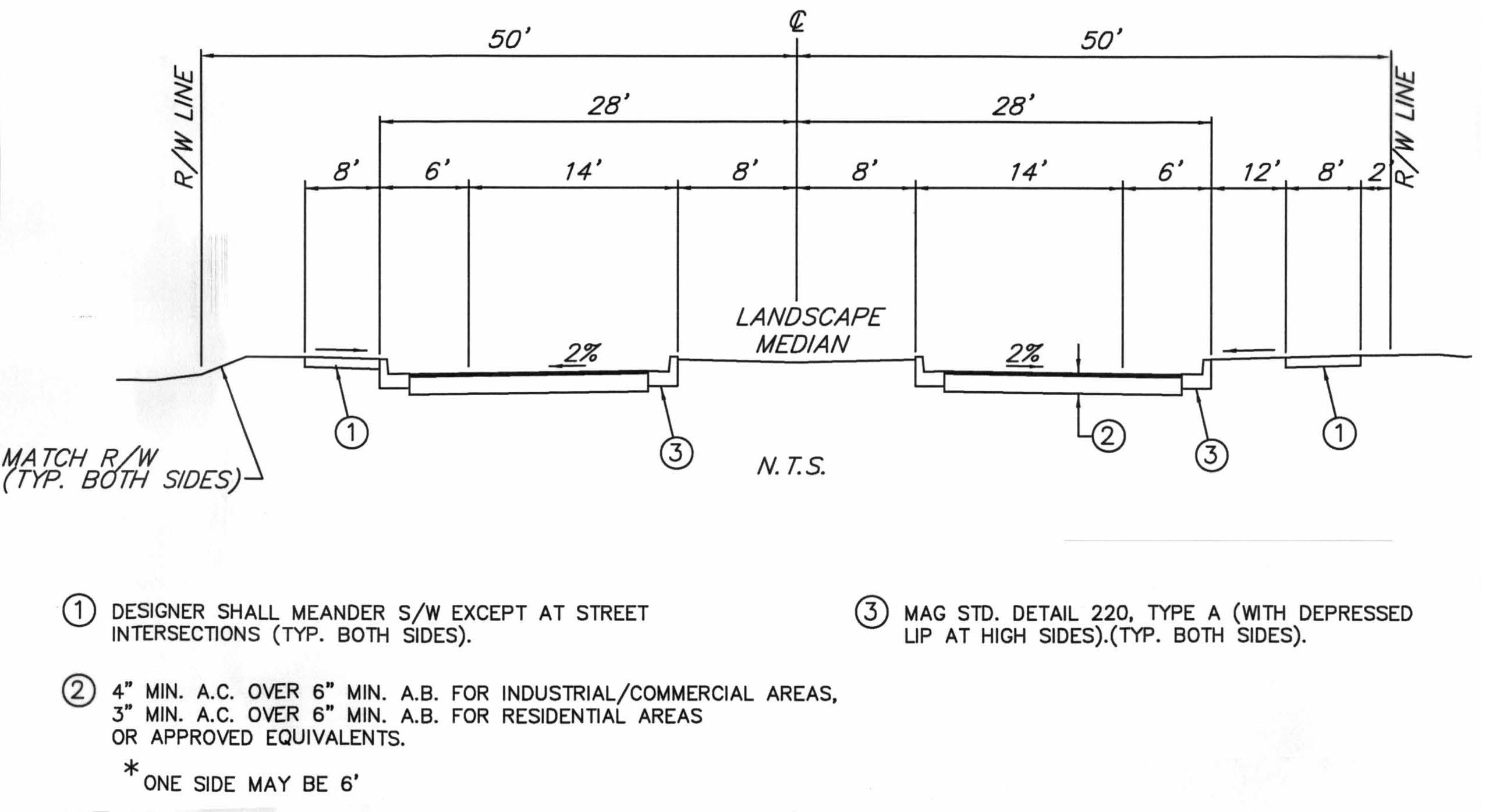
Exhibit 9. Minor Arterial Road with Bicycle Lanes Typical Section

Exhibit 10. Principal Arterial Road with Bicycle Lanes Typical Section
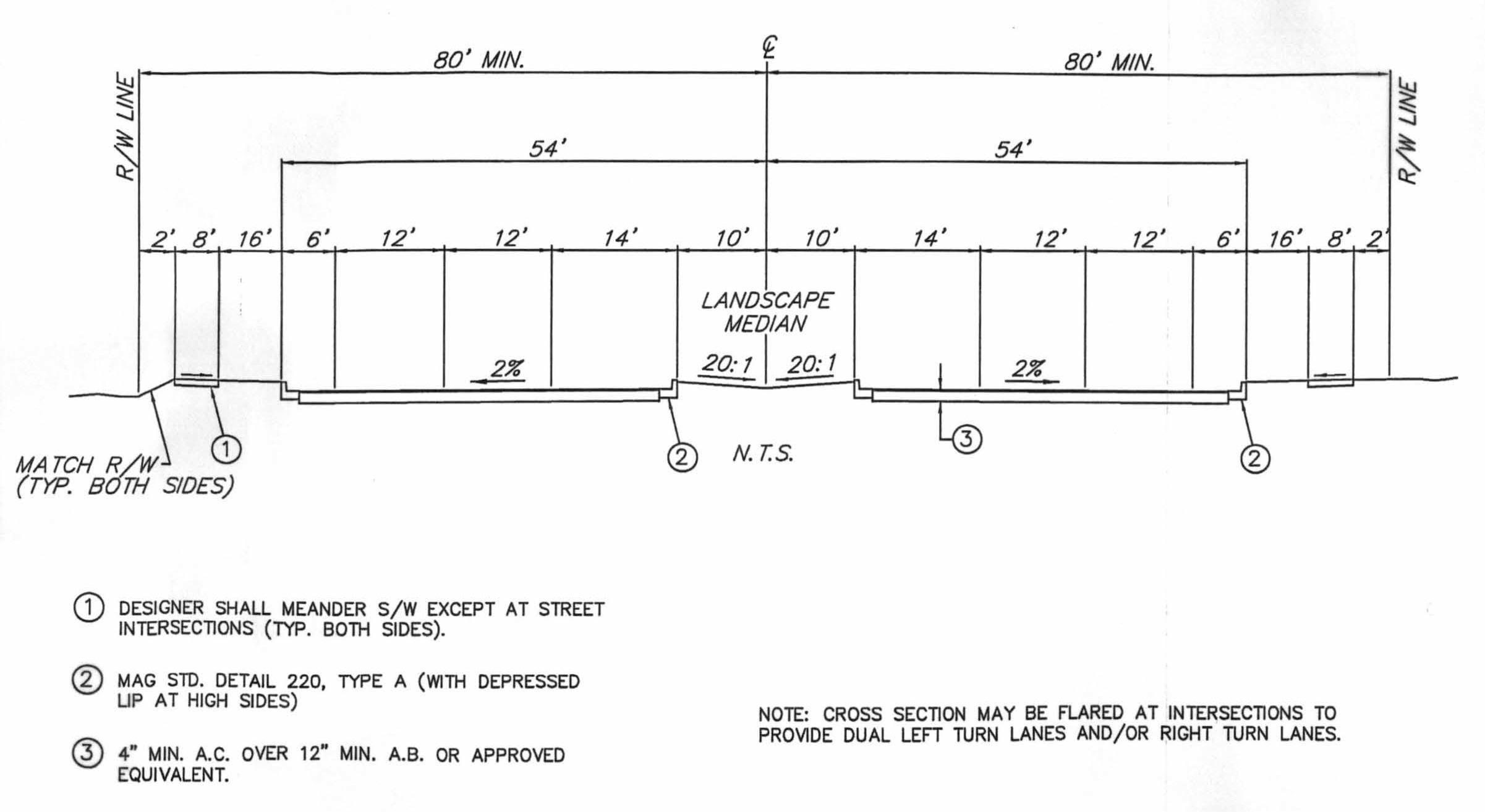
Exhibit 11. Curve Data for Local Roads

Exhibit 12. Minimum Centerline Offsets for Local, Collector and Arterial Roads
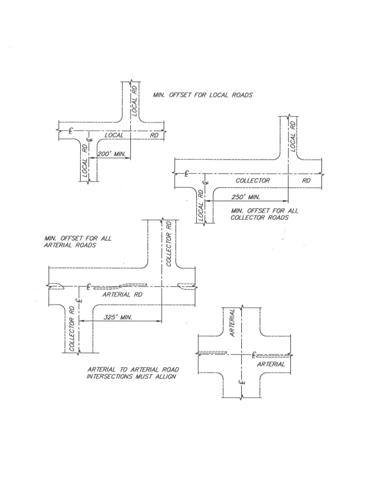
6. Local streets intersecting any street shall have a tangent section of centerline at least 150 feet in length measured from the right-of-way line of the intersecting street; except that no such tangent is required when the local street curve has a centerline radius of 400 feet or greater and is the terminating street at a "tee" intersection, with the center located on the intersecting street right-of-way line. Where topographic conditions make necessary other treatment to secure the best overall design, these standards may be modified by the Town Engineer (See Exhibit 11).
7. Street intersections with more than four legs and Y-type intersections where legs meet at acute angles shall be prohibited. Intersections on the inside of a horizontal curve on arterial, collector, or local streets shall be avoided, unless otherwise approved by the Town Engineer (See Exhibit 13).
8. At all street intersections, property line corners shall be rounded by a circular arc, said arc having a minimum radius of 15 feet or by a cut-off whose tangent lengths would be equal to those of a rounded corner (See Exhibit 15).
9. All street intersections shall be designed to meet minimum sight distance visibility requirements (See Exhibit 16).
E. Bicycle Lanes: Bicycle lanes shall be required on both sides of all major collector and all arterial roads, as shown in the typical sections for those roadway classifications in Exhibits 8 through 10.
F. Private Streets: Private streets shall conform to above stated design standards. Private streets shall be placed within their own parcel or tract of land and shall only be approved through a Planned Unit Development. Where site conditions necessitate unique design solutions, modifications may be approved by the Town Engineer.
Exhibit 13. Prohibited Intersections

Exhibit 14. Cul-de-Sacs for Local Roads
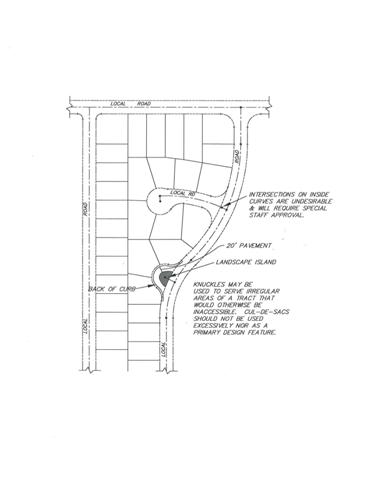
Exhibit 15. Lot Design – General
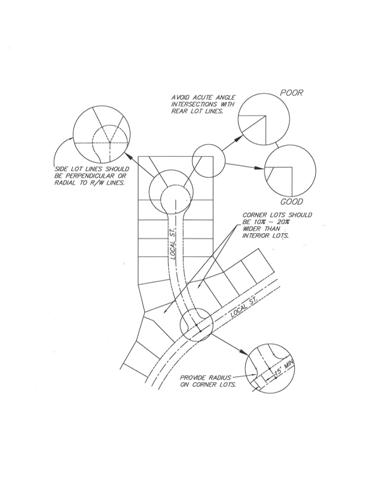
Exhibit 16. Sight Distance Requirements
